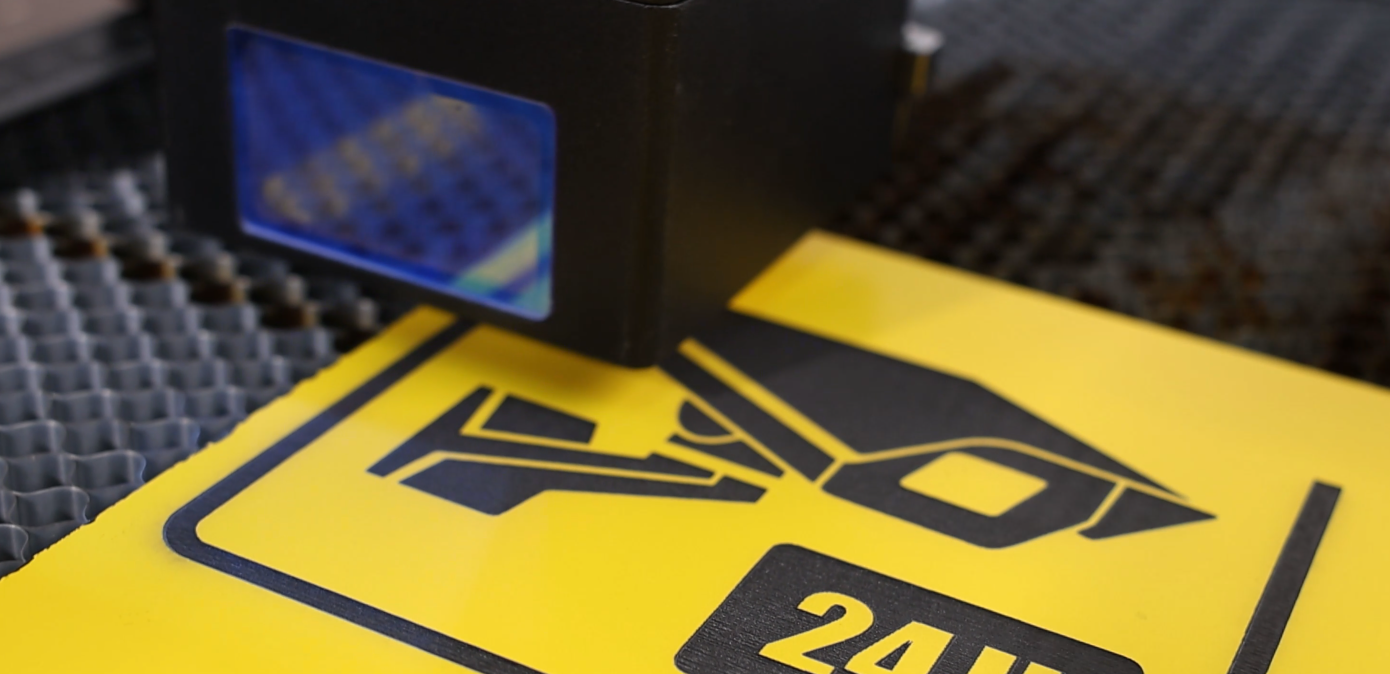Products
Trending searches
Popular collections
Carro ($0)
Carro ($0)


ABSTRACT
Laser engraving technology is now utilized in diverse fields, including architecture. LONGER, a leading company in laser engraving, has explored its potential to revolutionize architectural design. This article delves into the key findings from research on the application of LONGER laser engraving in architecture and highlights various ways architects can leverage this technology.
Introduction
Laser engraving technology is now widely used across various fields, including architecture, where it adds artistic detail and unique features to designs. LONGER has been exploring the potential of their 20 watt laser engraver, specifically the Ray5 20W model, to enhance architectural work. Laser engraving machines like the Ray5 20W offer architects a high level of customization and personalization. With its Dioser Technology, the Ray5 20W can inscribe intricate and delicate designs into materials such as wood, metal, and stone. This opens up opportunities for creating aesthetically pleasing architectural features with intricate detailing. The 400 x 365 mm working area and 20W optical output power make it ideal for detailed wood engraving and other fine work.
Precision and versatility
Precision and versatility are significant advantages of laser engraving technology for architects. LONGER's Ray5 20W allows for highly accurate control during the engraving process with its fixed focus at 40mm and a laser spot size of 0.08x0.1mm. The versatility of this industrial laser cutter means that architects can work with various materials, achieving diverse results including deep engraving, surface etching, and even 3D engraving. Its capability to cut up to 25mm pine wood, 35mm acrylic, and 0.05mm stainless steel in one pass demonstrates its robustness.
Sustainable Development
Laser engraving is also a sustainable solution for architectural design. The Ray5 20W generates minimal waste and requires no additional materials, making it eco-friendly. Additionally, laser engraving produces less heat compared to traditional cutting tools, contributing to more sustainable construction practices. The Ray5 20W's power consumption of 120W and laser head life of over 10,000 hours further emphasize its efficiency and longevity.
Safety
Safety is a critical aspect of using laser engraving machines. LONGER's Ray5 20W comes equipped with various safety features, such as self-extinguishing capabilities, fire and movement detection, emergency stops, and the requirement for safety glasses. These measures help ensure the safety of both the user and the equipment during operation. The laser class II rating meets FDA standards, ensuring a safe working environment.
Ray5 20W in architectural designs
Architects have been incorporating laser engraving into a variety of structures and designs in recent years. Although specific examples of LONGER laser engravings in architecture weren't identified, the technology is widely used in the construction industry for numerous applications. Some potential uses of the Ray5 20W in architectural designs include:
Architectural Models: Laser engraving can be used to create detailed architectural models by engraving fine lines on wood, acrylic, or other materials. This enhances the visual representation of designs, making them more dynamic and informative.
Signage and Wayfinding: The Ray5 20W is useful for creating clear and concise signage in architectural projects. Text, symbols, and graphics can be engraved on materials like metal, wood, and plastics to help guide people through spaces effectively.
Decorative Elements: Architects can use the Ray5 20W laser cutter and engraver to produce decorative elements, such as intricate patterns, textures, or designs on wood, glass, or metal laminates. This adds elegance and unique visual appeal to architectural spaces.
Custom Furniture and Fixtures: The Ray5 20W allows architects to personalize interior spaces by creating unique designs and carvings on furniture and fixtures made of wood or acrylic. This customization enhances the individuality of the interior design.
Branded Elements: Commercial builders and architects can use the Ray5 20W to incorporate brand identity into their structures. By engraving logos or brand names into building materials like metal or glass, they can create a branded environment that aligns with the client's identity and vision.
Conclusion
LONGER's research highlights the significant potential of the Ray5 20W laser engraver in architecture. From enhancing design precision and versatility to promoting sustainability and safety, this laser engraver offers numerous benefits that can revolutionize architectural practices. With its advanced features, including a 34-bit motherboard, various connectivity options (USB, TF card, WiFi), and compatibility with software like LaserGRBL and LightBurn, the Ray5 20W stands out as one of the best laser engravers on the market for architects and designers.
RELATED POSTS
Program
Company
Visit
(+1) 888-575-9099
Customer Service: support@longer.net
Brand Cooperation: info@longer.net






!




